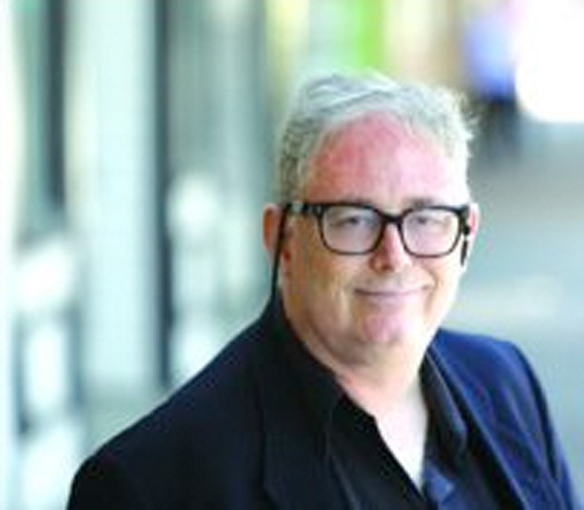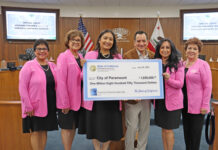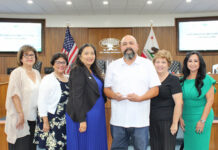
Let’s start by pointing out a positive: both the City Council and the Paramount Unified School Districts post videos of their meetings on a social media platform, YouTube.com. Heck, I discovered Sara Bareilles on YouTube and I’m grateful.
But, as I said in a past column, social media platforms regard one another as competitors. Posting a YouTube.com video on your Facebook page pauses the algorithim to push your post down on the feed, so fewer people see it. The goal is, or ought to be, for more people to see and have access to their government agencies’ various meetings.
Paramount Unified posts a link from the PUSD website to YouTube.com. That’s a good start. It’s an honorable start.
May I respectfully suggest there’s a better way?
The city of Avalon, which has a population significantly smaller than that of Paramount, posts videos of their meetings on website provided by Granicus.com. I
The precise Avalon website is http://avalon.granicus.com.
Rather than simply hosting a website of their own meeting, Granicus provides a video accompanied by a web version of the agenda with links to specific portions of the meeting. This is a wonderful tool for someone who couldn’t attend a two, three, four or five hour government meeting and who doesn’t want to wade through three, four or five hours to find out about the one decision that was important to them.
(Reporter’s confession: When you have to cover two government meetings in two towns held on the same night, this feature can be a blessing beyond the power of mere words to express.)
I doubt very much Granicus is the only business to offer this service. The city of Seal Beach has its own video web archive of meetings and it has the same feature: the ability to directly to the specific part of the meeting video.
This is not the only way for a city to be transparent, but it’s one way to be transparent and it’s a good way to be transparent.
Transparency is not providing the absolute minimum of information and convenience possible—it’s providing the maximum of information and convenience possible and it can pay huge dividends.
Years ago, I was employed to edit a retail auto parts catalog for Studebaker automobile collectors. We had a fraction of the inventory of our biggest competitor. They had much better quality visual art for their catalog.
We had about 90% of their sales with about 10 or 15% of their inventory.
The reason: we made it easier for our customers. The competition—which has long since gone out of business—would put the part number next to a pretty picture of a product. To find the price, you had to turn to a back page and read small print—so small, a magnifying glass was recommended—and track down the price. Or the customers could skip the bother and look up the same product in our catalog and see the price for the car part or accessory right next to the description and decent photograph of the product.
Making things easier on the customer took time and work—but it paid off in more ways than one.
A few years after I left that company, the competition closed shop and my former boss bought them out.
Transparency and customer service are very similar. Mind you, some companies believe that if you have a good product you don’t need customer service. That might work in the private sector, but serving the customer is basically the government’s job—so in this case, transparncy is the equivelant of customer service.
However, I do want to close by reminding you that both the city government and the PUSD have become better at transparency than they were when I first started covering Paramount (cough, cough) years ago.
Charles M. Kelly is editor of the Paramount Journal. If you agree or disagree with his opinion—and frankly, he enjoys friendly arguments—email him at ckelly@localnewspapers.org.














